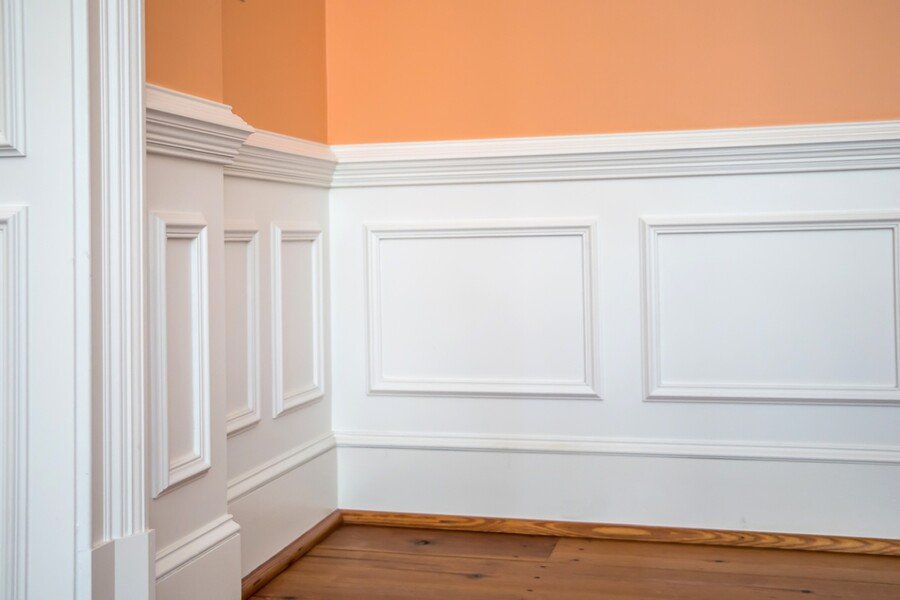In the modern world, the concept of a healthy home extends beyond mere cleanliness. It encompasses the harmony and functionality of the living space. This is where furniture removal plays a pivotal role. The process of decluttering, often overlooked, is essential for maintaining not just the aesthetic appeal of a home but also its environmental and mental health benefits.
This article delves into furniture removal and its contribution to a healthier home.
The Impact of Excess Furniture on Home Health
Excessive furniture in a home can create various health and wellness issues. It hinders physical movement and contributes to a cluttered and disordered environment. This congestion can significantly hinder daily activities, making spaces less functional and more prone to accidents. Additionally, abundant furniture accumulates dust and harbor allergens, exacerbating respiratory problems and allergies.
Beyond the physical aspects, crowded spaces have been linked to increased stress and anxiety levels, directly impacting mental health. The correlation between over-furnished spaces and decreased overall home health underscores the need for thoughtful furniture management and placement to promote a healthier, more comfortable living environment.
Embracing Minimalism: Less is More
Minimalism in furniture selection and placement revolves around the principle of ‘less is more.’ This approach is not about starkness or deprivation but about curating spaces with intention and purpose. Minimalism encourages selecting furniture that serves a functional need while contributing to the aesthetic value of the space. It’s about creating environments that are not only visually appealing but also emotionally calming and mentally liberating.
In minimalist design, every piece of furniture is chosen for its utility and beauty, eliminating unnecessary clutter. This practice frees up physical space and helps reduce mental clutter, leading to a more relaxed and focused mindset. By adopting minimalism, you can create spacious, serene spaces, and be supportive of your overall well-being.
Reliable Furniture Disposal: A Step Towards a Clutter-Free Home
Reliable furniture disposal by experienced professionals plays a pivotal role in the journey towards a clutter-free home. This process isn’t just about removing unwanted items; it’s a conscious effort to enhance your living environment. Reliable disposal means considering the environmental implications of discarding furniture, exploring recycling or upcycling options and ensuring the items are disposed of to minimize waste.
This responsible approach declutters the space and contributes to a sustainable ecosystem. It’s about thoughtful decision-making, prioritizing which pieces to keep for their functionality and aesthetic value, and ethically disposing of the rest, creating a harmonious balance in your home environment.
How to Decide What Furniture to Remove
Deciding which furniture to remove requires careful consideration of its usage, sentimental value, and contribution to the space’s functionality. A practical approach is a one-year rule: if an item has yet to be used in over a year, it might be time to part with it. Assessing each piece’s relevance in daily life helps you make objective decisions.
Furthermore, evaluating the size and layout of your space is crucial. Furniture should complement the area, allowing easy movement and not overcrowding the room. This balance between emotional attachment and practical utility is critical to creating a comfortable and functional living space that reflects your current lifestyle and needs.
Handling the Emotional Aspect of Decluttering
Addressing the emotional aspect of decluttering is vital, as it can be a profound and sometimes challenging experience. Many items, particularly furniture, can hold significant sentimental value, evoking memories and emotions. The key is to approach decluttering with a mindset focused on the benefits: creating a more spacious, organized, and peaceful living environment. Acknowledge the memories and emotions of these items and recognize the positive impact of letting go.
Finding alternative ways to cherish these memories, such as through photographs or keepsakes, can ease the emotional strain. This process is not just about discarding items; it’s about making space for new experiences and a healthier physical and emotional lifestyle.
Sustainable Disposal and Recycling Options
Sustainable disposal and recycling of furniture are crucial for environmental conservation. Opting to donate items to local charities extends the life of the furniture and supports community needs. Sell pieces online to promote reusability and reduce waste, connecting items with new owners.
Recycling options, like refurbishing or repurposing, transform old furniture into usable forms, minimizing landfill contribution. These sustainable practices alleviate your burden of excess furniture and significantly reduce ecological footprints, contributing to a greener, more sustainable planet.
Conclusion
Decluttering and furniture removal are more than just housekeeping tasks; they are steps toward creating a healthier and more harmonious living space. By keeping the information mentioned above in mind, you can enjoy a cleaner, more organized, and stress-free environment. This, in turn, contributes to the overall well-being and health of the household.
Recommended Posts:
















